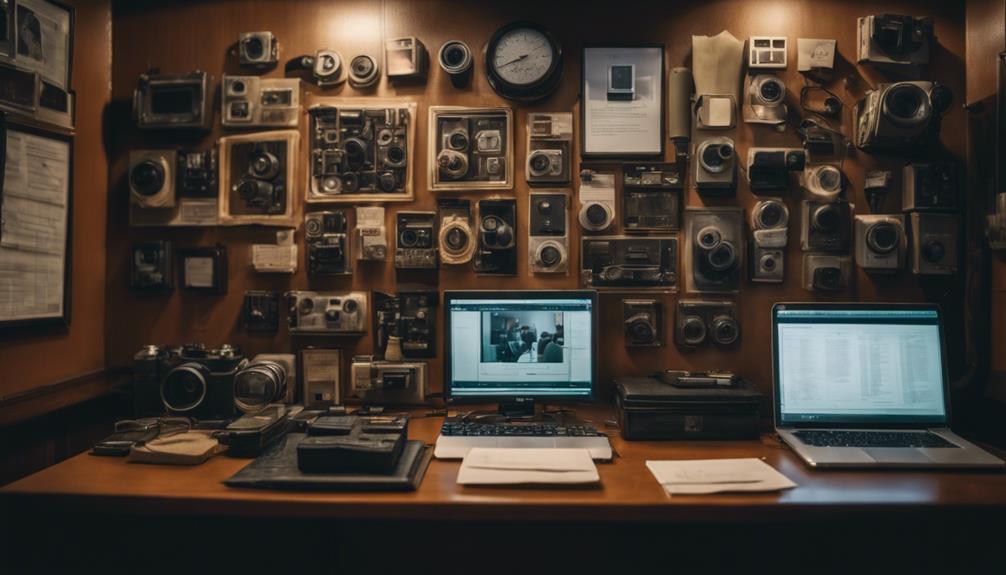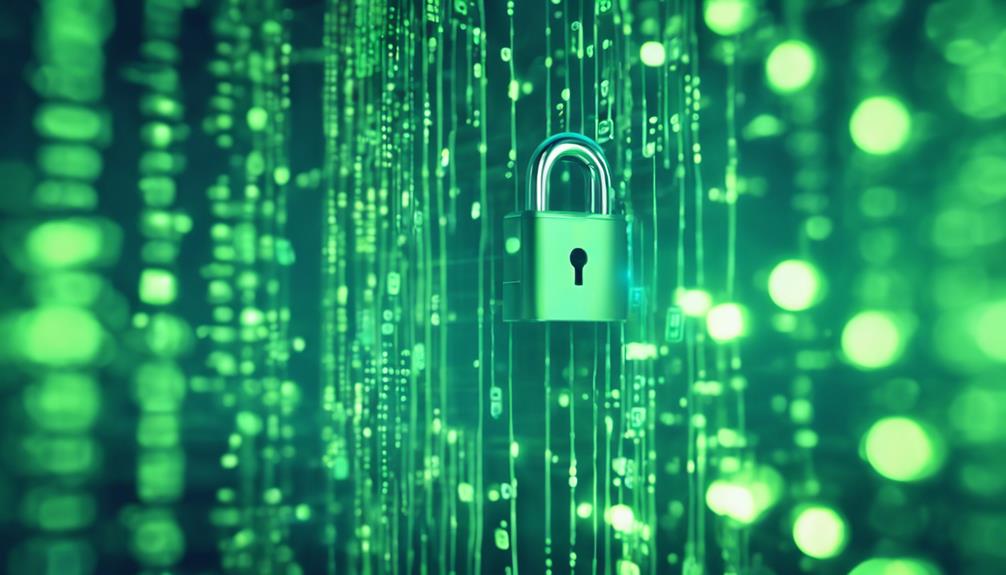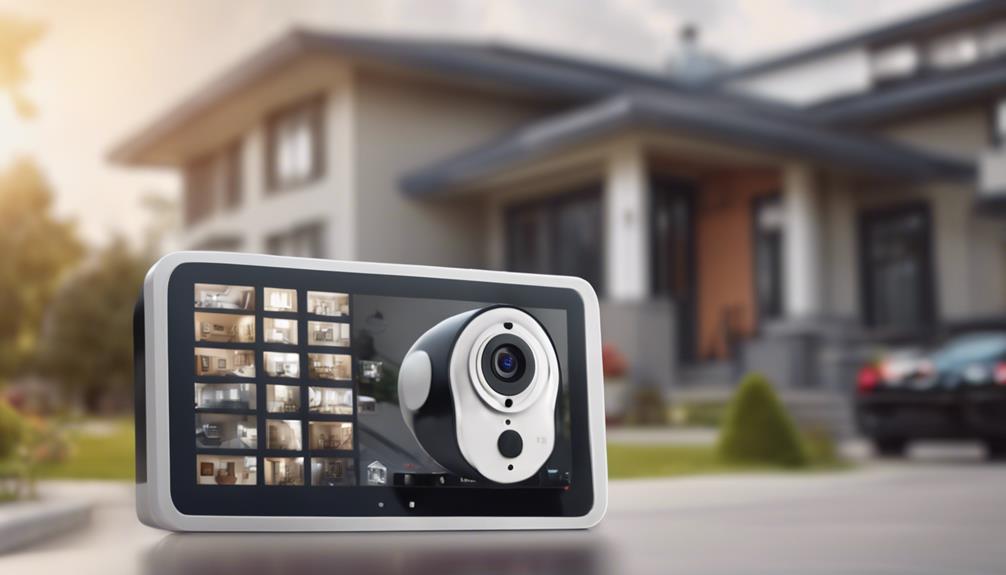
In an age where security is paramount, the advent of affordable technology has made it possible for anyone to set up their own surveillance systems. Enter the Raspberry Pi—a tiny, versatile computer that offers an excellent platform for building a spy camera. With the right components and guidance, you can create a powerful surveillance tool that meets your needs. This article elucidates the potential of Raspberry Pi spy cameras, guiding you through the process of building and optimizing your own setup.
From security monitoring to wildlife observation, Raspberry Pi spy cameras can serve a myriad of purposes. They provide a cost-effective and customizable solution compared to traditional surveillance systems, allowing users to tailor their setups according to specific requirements. Whether you’re a tech enthusiast seeking a new project or someone looking to enhance home security, understanding how to utilize Raspberry Pi for spy cameras will empower you to take control of your surveillance needs.
1. Discover the Potential of Raspberry Pi Spy Cameras
Raspberry Pi spy cameras enable you to create a compact and functional surveillance system that can be as discreet or elaborate as you wish. With a small form factor, these cameras can be hidden in everyday objects or strategically placed to monitor specific areas without drawing attention. This capability allows for versatile applications—from monitoring your home while you’re away to keeping an eye on pets or children.
Moreover, the Raspberry Pi ecosystem supports an array of camera modules and software options, allowing users to experiment and innovate. With the right coding skills, users can integrate features like real-time video streaming, motion detection, and even facial recognition. This level of customization not only increases the effectiveness of the surveillance system but also makes it an exciting project for hobbyists and professionals alike.
2. Why Choose Raspberry Pi for Your Surveillance Needs?
One of the primary advantages of using Raspberry Pi for surveillance is its affordability. Compared to commercial surveillance systems, which can be prohibitively expensive, a Raspberry Pi setup can be achieved at a fraction of the cost while offering similar, if not superior, functionalities. The budget-friendly nature allows users to expand their systems or build multiple cameras without significant financial strain.
Additionally, the Raspberry Pi community is vast and supportive, providing resources, tutorials, and forums for troubleshooting and inspiration. This accessibility encourages experimentation and learning, making it an ideal platform for tech enthusiasts who wish to delve into the world of surveillance technology. With a plethora of open-source software available, users can continuously update and enhance their systems, ensuring they remain on the cutting edge.
3. Essential Components for a Spy Camera Setup
To build an effective Raspberry Pi spy camera, you’ll need several essential components. The most critical is, of course, the Raspberry Pi itself, which serves as the core processing unit. You’ll also need a compatible camera module, such as the Raspberry Pi Camera Module v2, which offers high-definition video capture. Optional components like infrared LEDs can enhance low-light performance, making your spy camera effective even in darkness.
In addition to the hardware, software plays a significant role in your setup. Popular options such as MotionEyeOS or Raspbian can help you manage video feeds and implement features like motion detection. Depending on your needs, you may also want to invest in a micro SD card for storage, a power supply, and a case to protect your components. Together, these parts form the backbone of your Raspberry Pi spy camera system, ready for customization.
4. Step-by-Step Guide to Building Your Own Spy Camera
Building your own spy camera with Raspberry Pi can be a rewarding experience. Start by gathering your essential components, including the Raspberry Pi, camera module, and power supply. Next, install your chosen operating system on the micro SD card, following the instructions provided by the software documentation. Once your setup is booted, connect the camera module to the appropriate port on the Raspberry Pi.
After connecting the hardware, it’s time to configure the software. Access the camera settings through the software interface and test the video feed to ensure it’s functioning correctly. Depending on your software, you may have additional options to enable features such as motion detection or remote access. Take your time optimizing these settings to suit your specific surveillance needs, ensuring your spy camera is fully operational before deployment.
5. Top Raspberry Pi Models for Effective Surveillance
When selecting a Raspberry Pi model for your spy camera, the Raspberry Pi 4 Model B stands out due to its powerful processing capabilities and multiple USB ports. Its enhanced performance allows for smoother video streaming and handling more complex software applications. With options for 2GB, 4GB, or 8GB of RAM, it provides flexibility based on your specific needs.
However, if you’re looking for a more compact and budget-friendly option, the Raspberry Pi Zero W is an excellent choice. Its small form factor makes it incredibly versatile for discreet installations, while its built-in Wi-Fi allows for easy connectivity. The Pi Zero W is especially appealing for DIY enthusiasts looking to create innovative surveillance solutions without compromising on functionality.
6. Enhancing Security with Motion Detection Features
One of the standout features you can implement in your Raspberry Pi spy camera setup is motion detection. This capability not only conserves storage space by recording only when movement is detected but also adds an extra layer of security by alerting you to potential intrusions. Most Raspberry Pi camera software, such as MotionEyeOS, includes built-in motion detection settings that can easily be configured.
To optimize motion detection, consider adjusting sensitivity settings and defining specific zones for detection. This prevents false alarms caused by non-significant movements, such as pets or passing cars. By fine-tuning these features, you can create a more efficient surveillance system that effectively monitors your space without overwhelming you with notifications.
7. DIY Tips for Optimizing Camera Performance
To maximize the performance of your Raspberry Pi spy camera, consider a few essential DIY tips. First, ensure that your camera module is positioned optimally, avoiding obstructions that might block the view. If you’re using it in low-light conditions, incorporating infrared LEDs can significantly improve visibility at night, providing clear images without alerting subjects with bright lights.
Another critical factor is the internet connection. For remote access and video streaming, a stable Wi-Fi connection is necessary. If your camera will be placed far from your router, consider using a Wi-Fi extender to boost the signal strength. Additionally, regularly updating your software will ensure that you benefit from any new features or security patches, keeping your surveillance system secure and efficient.
8. How to Access Your Spy Camera Remotely
Accessing your Raspberry Pi spy camera remotely can significantly enhance its utility. Many software options, such as MotionEyeOS, offer built-in capabilities for remote viewing via a web interface. Once set up, you can log in from any device connected to the internet, allowing you to monitor your space from anywhere in the world.
To ensure secure remote access, be sure to configure the necessary firewall settings and change default passwords. Setting up a Virtual Private Network (VPN) can also add an additional layer of security, encrypting your connection and protecting your data from potential intruders. By following these steps, you can confidently access your surveillance camera while safeguarding your privacy.
9. Legal Considerations for Using Spy Cameras
Before deploying your Raspberry Pi spy camera, it’s essential to understand the legal implications of using surveillance technology. Laws regarding the use of spy cameras vary by country and region, often focusing on privacy rights and consent. In many jurisdictions, recording someone without their knowledge can lead to legal repercussions, so it’s crucial to familiarize yourself with the laws applicable in your area.
Furthermore, if your camera captures footage in public spaces, be mindful of local regulations concerning public surveillance. Consider posting signs notifying individuals of the camera’s presence, which can help mitigate potential legal issues. By being informed and respectful of privacy laws, you can enjoy the benefits of your spy camera while remaining compliant with legal requirements.
10. Future Trends in Raspberry Pi Surveillance Technology
As technology continues to advance, the future of Raspberry Pi surveillance systems looks promising. Innovations such as artificial intelligence and machine learning are gradually being integrated into surveillance applications, enabling features like advanced facial recognition and anomaly detection. These technologies will enhance the capability of Raspberry Pi spy cameras, providing users with even more tools to monitor their environments effectively.
Additionally, the Raspberry Pi community is likely to see more collaboration with third-party developers, leading to an influx of new software and hardware improvements. As components become more sophisticated and affordable, the potential for DIY surveillance projects will expand, making it easier for anyone to create a tailored security solution to meet their needs.
Building a spy camera using Raspberry Pi not only empowers you to take control of your surveillance needs but also opens doors to creativity and innovation. With a supportive community and a wealth of resources, you can create a system that is tailored to your specific requirements and preferences. As technology continues to evolve, the possibilities for Raspberry Pi surveillance systems will only grow, making this an exciting field for both enthusiasts and professionals alike. Embrace the opportunity to enhance your security and explore the world of DIY surveillance with Raspberry Pi.





